Markhor: Majesty Look
The Markhor, with its majestic appearance and distinctive spiral horns, stands as a symbol of resilience and beauty in the rugged landscapes of Pakistan. This remarkable species has captured the attention of wildlife enthusiasts and conservationists alike. We also explore into the world of the Markhor, exploring its habitat, characteristics, and the efforts being made to ensure its survival.
Found: A Natural Heritage
This scientifically known as Capra falconeri, is a Wild Goat species native to the mountainous regions of Central Asia, including Pakistan. This magnificent creature holds a special place in the country’s biodiversity and is often considered a national treasure. In Pakistan, the Markhor is primarily found in the northern and western regions, including the Chitral, Gilgit, and Baltistan districts.
Types of Markhor in Pakistan
There are three distinct types of Markhor found in Pakistan, each with its own unique characteristics:
- Kashmir Markhor (Capra falconeri cashmiriensis): Recognized by its long, twisted horns and a light-colored coat, the Kashmir Markhor is mainly found in the northern areas of Pakistan, particularly in Kashmir and Gilgit.
- Astor Markhor (Capra falconeri falconeri): This type is distinguished by its shorter horns that have a tighter spiral. The Astor Markhor inhabits the high-altitude regions of Gilgit-Baltistan.
- Suleiman Markhor (Capra falconeri jerdoni): Native to the Sulaiman Range in Balochistan, this type of Markhor is characterized by its dark-colored coat and impressive horns.
Markhor Horns: A Symbol of Strength and Beauty
One of the most captivating features of the Markhor is undoubtedly its horns. These majestic spiraled horns can grow to impressive lengths, with some individuals boasting horns that span over a meter.
The unique spiral shape adds to the allure of the Markhor and has even contributed to its name, as “Markhor” is derived from the Persian words “mar” and “khor,” meaning “snake” and “eater,” respectively, a reference to the goat’s ability to defend itself against snakes with its formidable horns.
Markhor horns have gained cultural significance and are often used as a symbol of strength and courage in the region. They are sometimes crafted into ornamental items, and their beauty has made them a sought-after collector’s item.
Three Fascinating Facts about Markhor
- Inhabiting the Heights: They are well-adapted to high-altitude living, often found in mountainous terrains at elevations exceeding 3,000 meters. Their remarkable ability to navigate steep and rocky landscapes showcases their agility and adaptability.
- Social Structures: They are Social Animals, forming small herds consisting of females and their young. Male Markhor, known as “bucks,” tend to live solitary lives, joining the herds during the mating season. The social structure contributes to the survival and well-being of the species.
- Conservation Challenges: Despite their resilient nature, Markhor face significant conservation challenges, including habitat loss, poaching, and competition for resources with domestic livestock. Conservation efforts are crucial to ensuring the survival of this iconic species.
Markhor Conservation Efforts
Recognizing the importance of preserving the Markhor, various conservation initiatives have been implemented in Pakistan. These efforts involve Habitat protection, anti-poaching measures, and community engagement to promote coexistence between local communities and the Markhor population.
The establishment of protected areas and Wildlife sanctuaries has played a vital role in safeguarding the Markhor’s habitat. Additionally, conservationists work closely with local communities to raise awareness about the importance of preserving this Species and involve them in sustainable conservation practices.
Markhor Goat and Its Economic Impact
This is not only a symbol of biodiversity but also holds economic significance for the local communities. Ecotourism, centered around the observation of Markhor in their natural habitat, has become a sustainable source of income for many regions.
Tourists and wildlife enthusiasts from around the world are drawn to Pakistan’s scenic landscapes to witness the beauty of the Markhor and contribute to the local economy.
Markhor Head and Logo: Symbolism and Representation
The head of the Markhor, with its distinctive spiral horns, is often used as a symbol in various contexts. It is prominently featured in the logos of wildlife conservation organizations, symbolizing the commitment to preserving biodiversity. This head has also become a symbol of national pride in Pakistan, reflecting the country’s rich natural heritage.
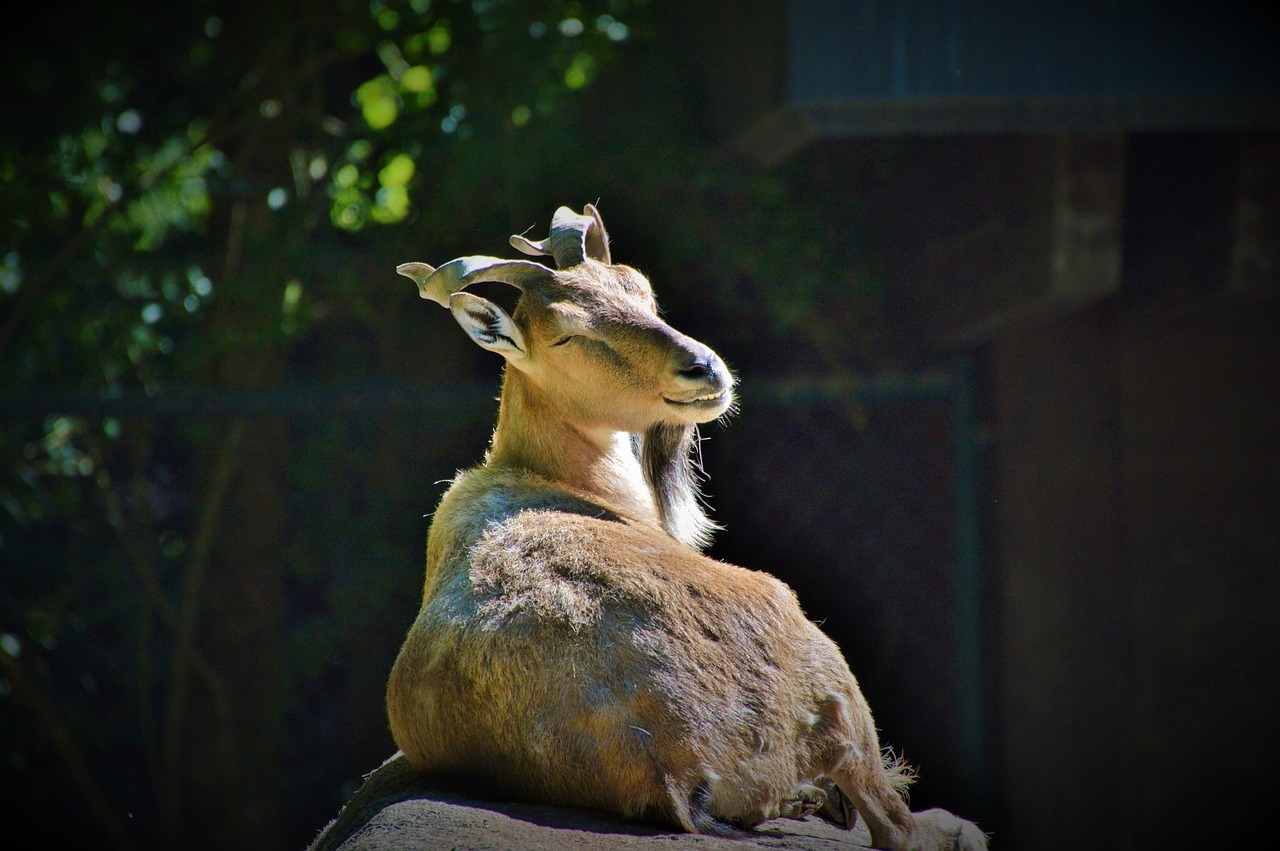
Scientific Name of Markhor
The scientific name of the Markhor, Capra falconeri, reflects its classification within the genus Capra, which includes other wild goats and ibexes. The species name “falconeri” pays homage to the Italian naturalist and explorer, Federico Falco, who played a significant role in documenting and studying the wildlife of Central Asia in the 19th century.
Another Name for Markhor
This is commonly referred to by another name: the “Screw Horn Goat.” This alternative name aptly describes the unique spiral shape of its horns, setting it apart from other goat species.
Preserving the Legacy of the Markhor
In short, the Markhor stands as a testament to the diversity and resilience of Pakistan’s wildlife. With its stunning appearance, cultural significance, and economic impact, the Markhor deserves the attention and conservation efforts it receives.
As we continue to appreciate the beauty of this majestic mountain goat, it is imperative that we actively contribute to the ongoing conservation initiatives, ensuring that future generations can marvel at the sight of the Markhor against the backdrop of Pakistan’s breathtaking landscapes.
The conservation of this magnificent species is crucial not only for the sake of preserving a national treasure but also for maintaining the ecological balance of the mountainous regions it calls home.
By understanding and appreciating the significance of this animal, we can work together to ensure its continued existence for generations to come.

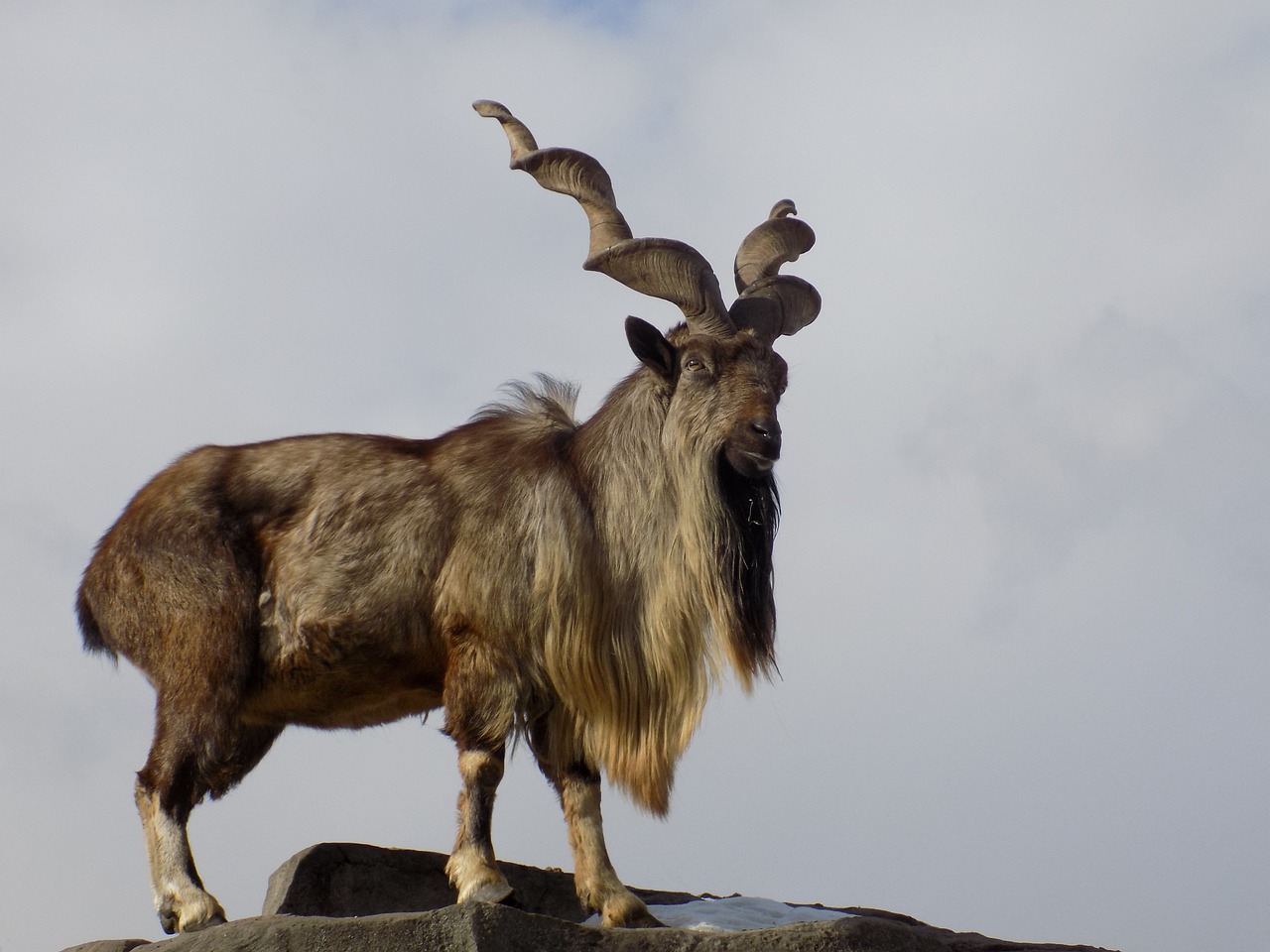
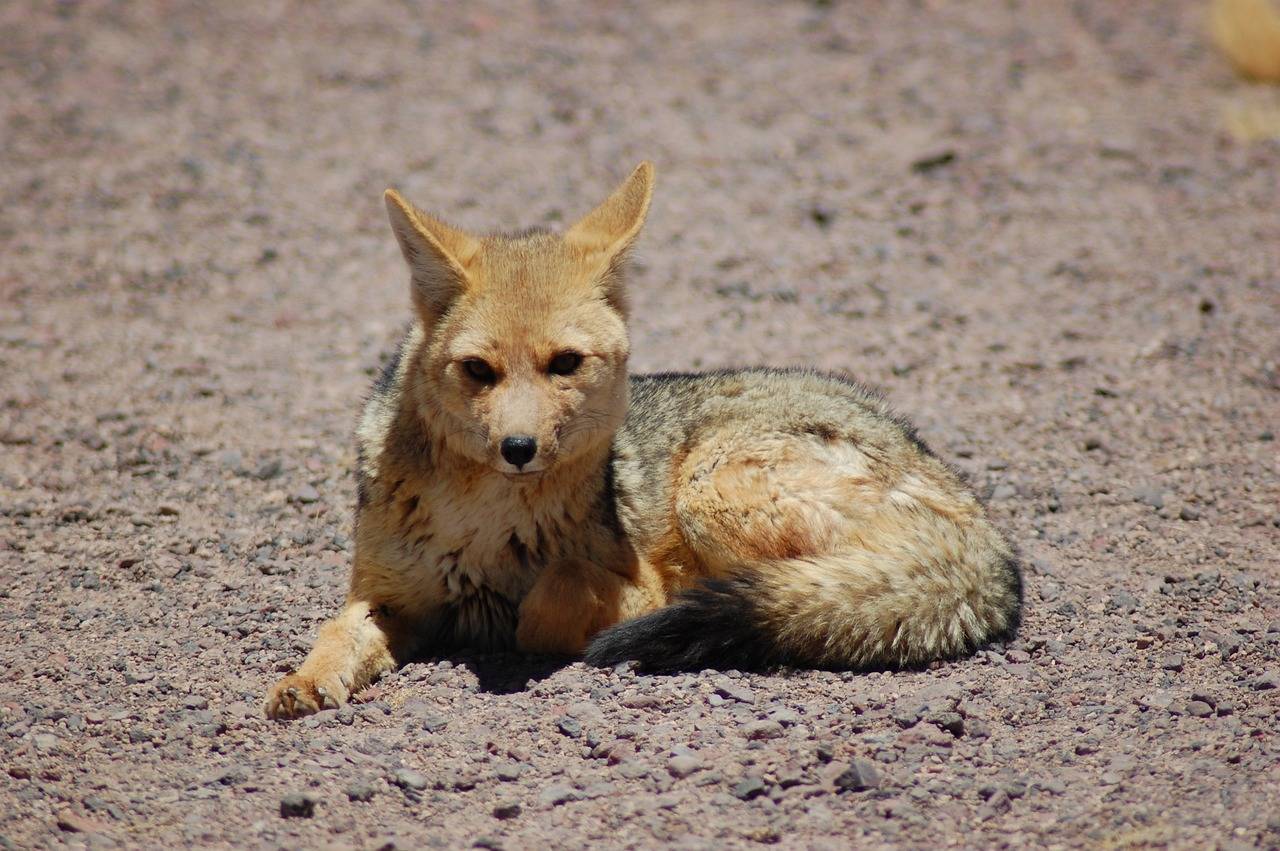

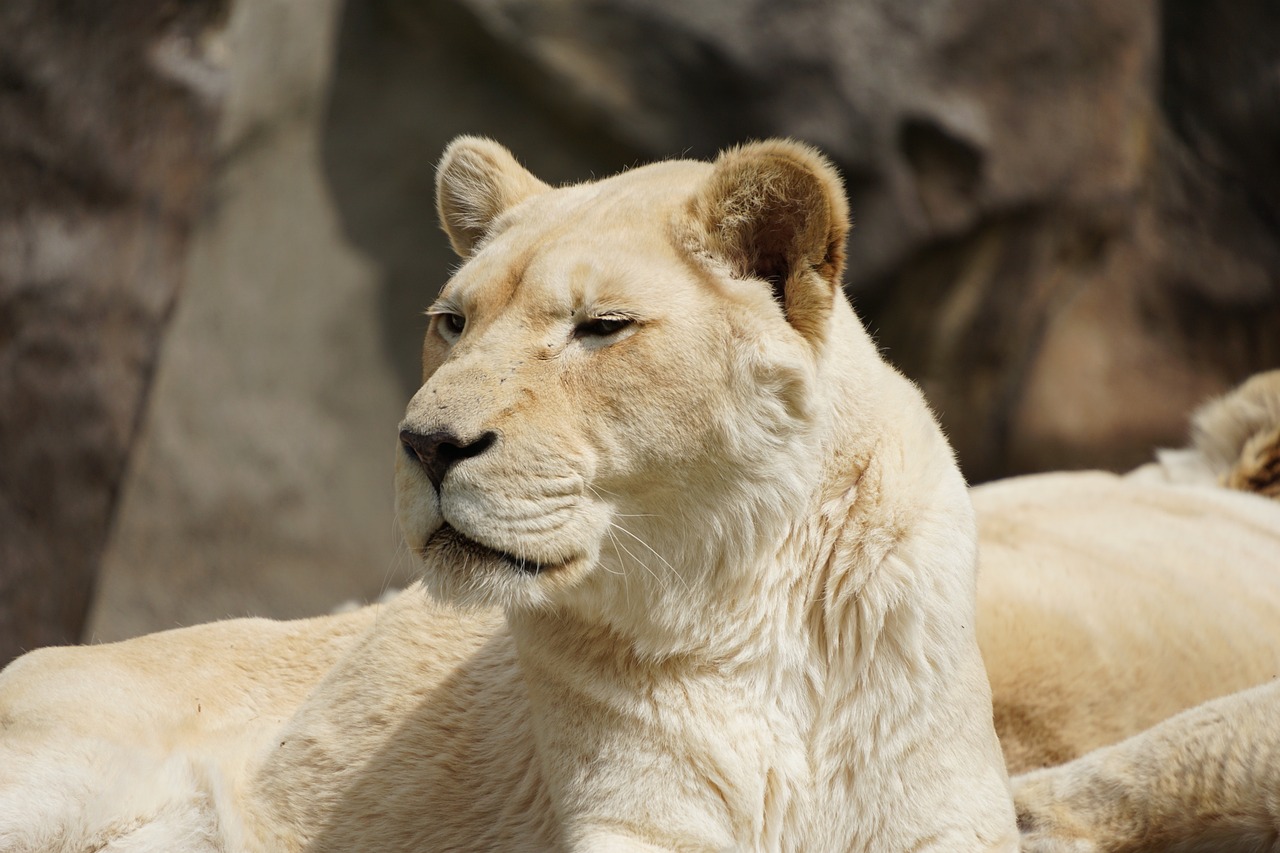
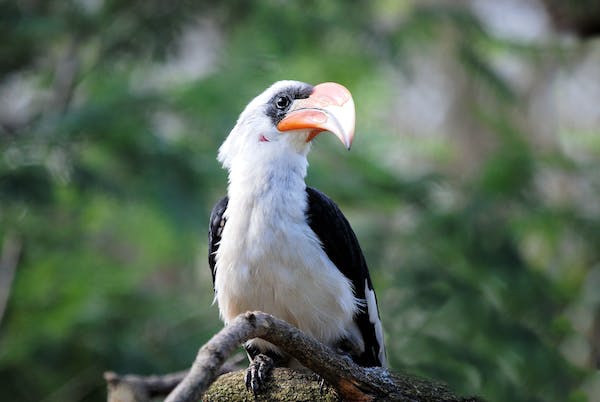
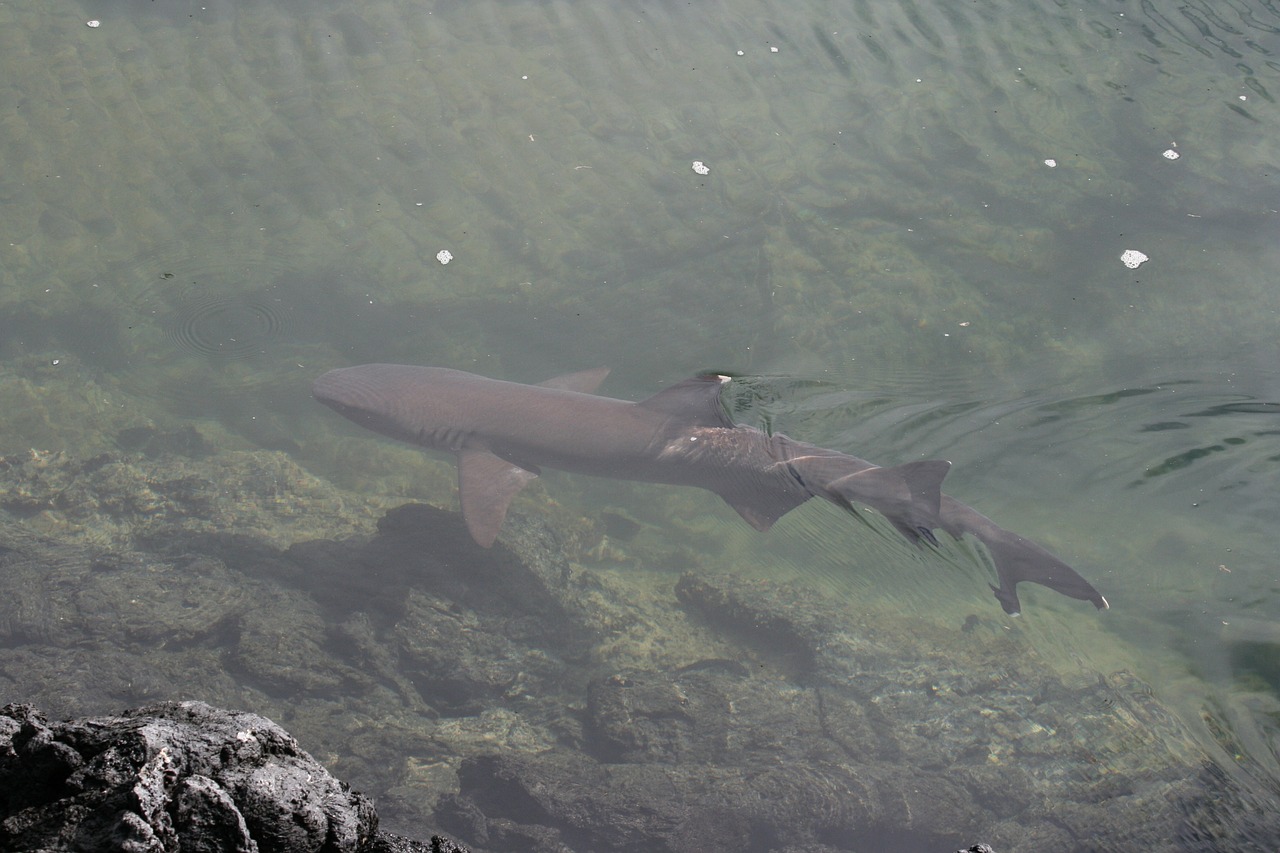
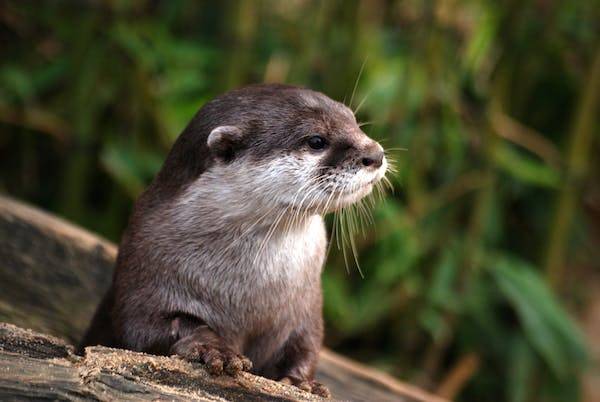
Good
Good luck